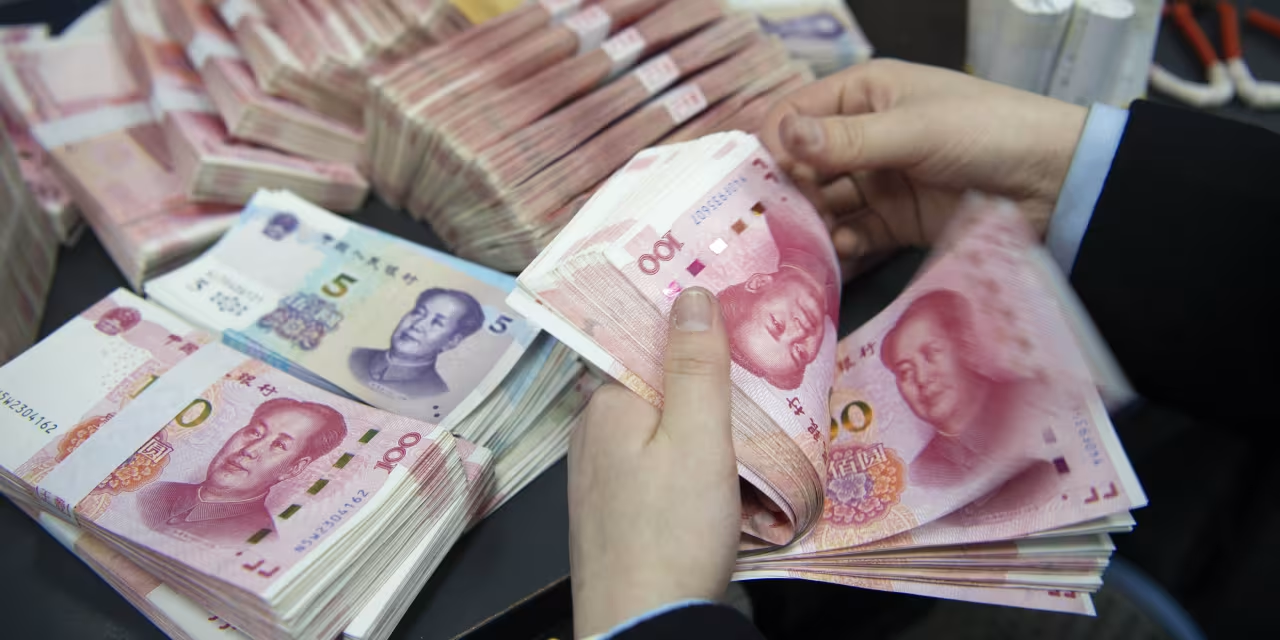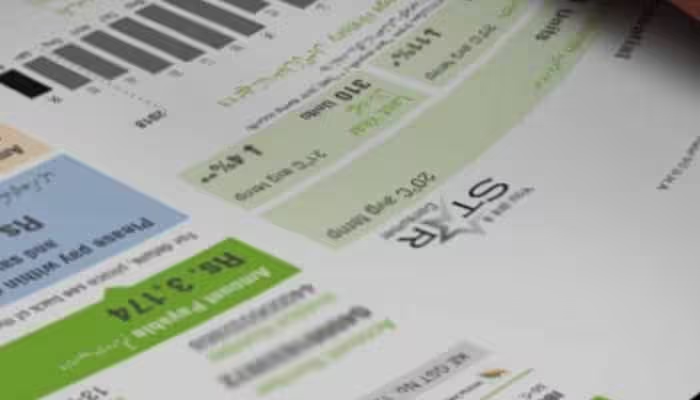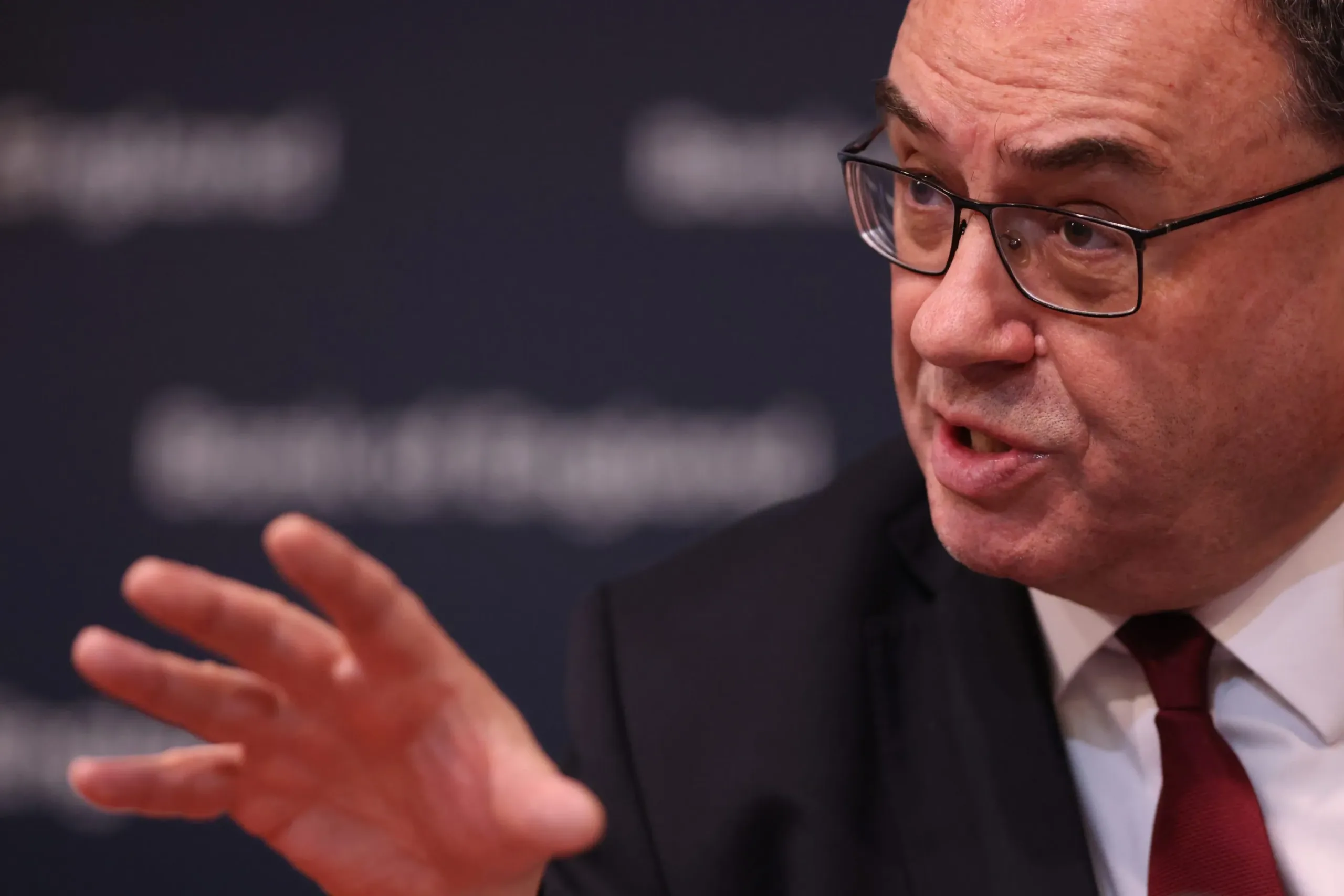Asian stocks rose on Thursday, tracking Wall Street’s gains after a volatile session, while U.S. Treasury yields came under pressure following mixed economic data. European stock futures pointed to further gains, boosted by a surge in healthcare stocks, particularly Novo Nordisk, whose blockbuster drug Wegovy saw more than double sales in the fourth quarter.
Despite ongoing uncertainties under U.S. President Donald Trump’s administration, markets found relief as trade tensions with key partners, particularly China, showed signs of restraint. Investors reacted positively to China’s measured response to U.S. tariffs, which helped stabilize global equities and kept the U.S. dollar in check.
Khoon Goh, head of Asia research at ANZ, described the market mood as one of “relief,” highlighting that China’s retaliation to tariffs has been controlled. The People’s Bank of China (PBOC) further supported market confidence by setting a stronger-than-expected yuan midpoint fixing, countering concerns that Beijing might let the currency slide to offset trade tariffs. This kept the onshore yuan steady at 7.2766 per dollar, while the offshore yuan edged up to 7.2778.
Market Performance
- China’s CSI300 Index reversed early losses to trade slightly higher, while the Shanghai Composite Index gained 0.13%.
- MSCI’s Asia-Pacific index (excluding Japan) rose 0.28%, and Japan’s Nikkei 225 gained 0.28%.
- Nasdaq futures edged up 0.04%, while S&P 500 futures rose 0.09%.
On Wall Street, all three major U.S. stock indices closed in positive territory, though the tech-heavy Nasdaq saw limited gains due to disappointing earnings from Alphabet (Google’s parent company), raising concerns about its AI investments.
Treasury Yields and Interest Rate Outlook
U.S. Treasury yields hovered near a one-month low as investors weighed mixed economic signals. Federal Reserve Vice Chair Philip Jefferson stated that the central bank remains cautious about adjusting interest rates amid uncertainty over Trump’s trade, tax, and deregulation policies.
Traders balanced Jefferson’s remarks against economic data that showed stronger-than-expected private payrolls but a surprising slowdown in the services sector. The 10-year Treasury yield was little changed at 4.4201%, while the two-year yield edged slightly higher to 4.1889%. Markets are pricing in approximately 45 basis points of Fed rate cuts by year-end.
Currency Market and Central Bank Moves
The dollar weakened across major currency pairs amid strong U.S. Treasury buying:
- Euro hovered above $1.03, last trading at $1.0398.
- British Pound (Sterling) held near a one-month high at $1.24995, ahead of the Bank of England’s expected rate cut.
- Dollar Index, measuring the greenback against a basket of currencies, stood at 107.61, near its lowest in over a week.
- Japanese Yen gained 0.3% to 152.11 per dollar, supported by BOJ board member Naoki Tamura’s comments advocating a rate hike to at least 1% by late 2025 to manage inflation risks.
Commodities
- Oil prices rebounded after a previous sell-off, following Saudi Aramco’s sharp increase in March oil prices:
- U.S. crude: +0.32% to $71.27 per barrel
- Brent crude: +0.23% to $74.78 per barrel
- Gold rallied toward record highs, trading at $2,869.62 per ounce, as investors turned to it as a hedge against inflation, a weaker dollar, and broader economic uncertainty.
Paul Nolte, senior wealth advisor at Murphy & Sylvest, emphasized gold’s shifting role: “For the past five or six years, gold was primarily a dollar hedge. Now it has become more of a hedge against things going wrong.”
As investors digest global economic trends, upcoming U.S. payroll data and central bank decisions will be key drivers for financial markets in the coming days.



